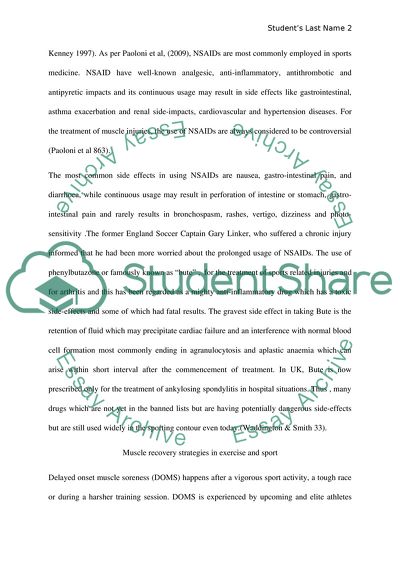Cite this document
(Investigation Into Drug Use in Sport and Muscle Recovery Strategies Research Proposal, n.d.)
Investigation Into Drug Use in Sport and Muscle Recovery Strategies Research Proposal. https://studentshare.org/biology/1821172-investigation-into-drug-use-in-sport-and-muscle-recovery-strategies
Investigation Into Drug Use in Sport and Muscle Recovery Strategies Research Proposal. https://studentshare.org/biology/1821172-investigation-into-drug-use-in-sport-and-muscle-recovery-strategies
(Investigation Into Drug Use in Sport and Muscle Recovery Strategies Research Proposal)
Investigation Into Drug Use in Sport and Muscle Recovery Strategies Research Proposal. https://studentshare.org/biology/1821172-investigation-into-drug-use-in-sport-and-muscle-recovery-strategies.
Investigation Into Drug Use in Sport and Muscle Recovery Strategies Research Proposal. https://studentshare.org/biology/1821172-investigation-into-drug-use-in-sport-and-muscle-recovery-strategies.
“Investigation Into Drug Use in Sport and Muscle Recovery Strategies Research Proposal”. https://studentshare.org/biology/1821172-investigation-into-drug-use-in-sport-and-muscle-recovery-strategies.


